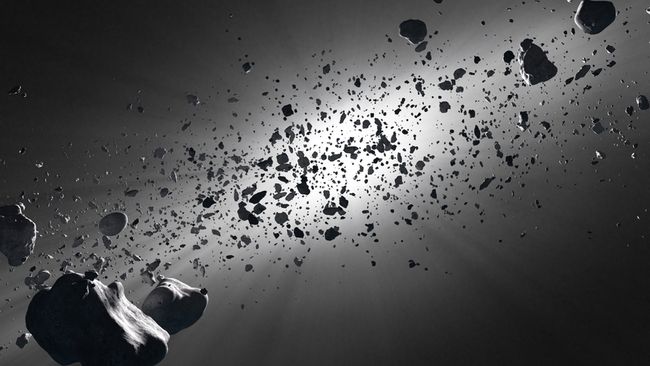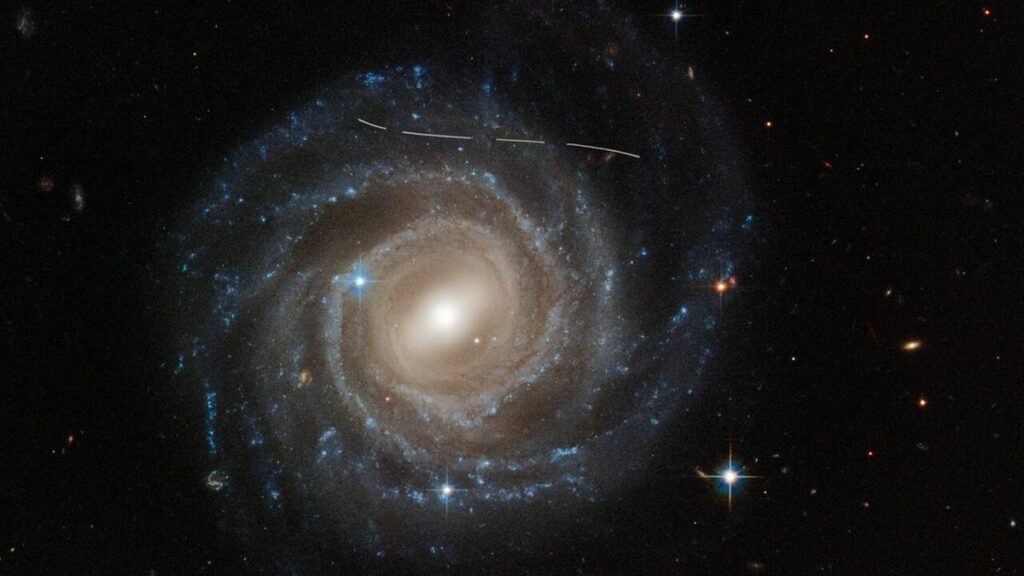The AI in asteroid-hunting from amateur citizen scientists played a crucial role by enhancing old Hubble photos, leading to the discovery of more than 1000 objects never seen before in the solar system.

More than 1,000 new planets remain hidden as confirmed suspects for space rocks secretly photobombing images of the cosmos for decades. Combined use of artificial intelligence with citizen science was responsible for the unveiling of asteroids lurking in the archival astronomical photographs taken by the Hubble Space Telescope, the latest study revealed.
Our cosmic neighborhood is a place where all asteroids collect. Scientists have been able to identify more than 1.3 million asteroids as of this writing, about 80 percent of which form the asteroid belt between Mars and Jupiter, this according to NASA records. Possibly there are hundreds of thousands to millions of near-Earth asteroids that have not yet been noticed. But these remainder space rocks are possibly the smallest and therefore weakest bodies in the solar system, which makes them nearly unidentifiable.
The new research, which was published on March 15th, 2023, in the journal “Astronomy and Astrophysics,” showed 1,031 hitherto underspecified asteroids from the already acquired Hubble data archive. AI of artificial intelligence was used which was trained by the scrutinization of thousands of citizen scientists on the trails of faint light emit by the minute space rocks.
” We were surprised by the large number of detected candidates” , the study lead author Pablo García-Martín , a researcher at the Autonomous University of Madrid , in Spain, said in a statement.
Even though all these asteroids were observed at random, their orbits calculations show that every other asteroid is a part of the belt of this object, which makes them very important to the scientists.
“We had a few hints that this population existed, but now we are not only confirming it, but also expecting to see more diversity,” García-Martín said. “This helps us to better understand the development laws of our Solar System.”

The dots in the Hubble images are space telescope traveling at high speed, as it captures the space pictures from the different sides of the planet. Such asteroids will not normally be seen in these images since the space rock is millions of times fainter than the stars, being at the magnitude level of the stars in the night sky. Nevertheless, this is a very important consequence, since streaks, which are the basis of our hypothesis, reveal more information about the size and orbital characteristics of the moons under investigation.
As of 2019, more than 11,000 citizen scientists have been assigning dependent duties of looking diligently through photos for these streaks. This application has been called Hubble Asteroid Hunter (‘HAH’), which has benefited astronomers studying asteroids as they would otherwise have to look at every single image.
In the new study, researchereswere hands on and gave HAH members a set of Hubble images to sort out as precisely possible which helped the researchers to train an AI for it to learn how to detect the photobombing space rocks. And yet, with the help of AI, they conducted a search through the 37,000 images taken over a 19-year time span by Hubble in search of new asteroids. Using this approach, AI has found 1,701 individuals, amongst which 1,031 were the first time sighted.
Surprisingly, the researchers seen that the AI tracked the asteroids but now they hope to search the clustered like this method for other databases that have not been excavated for new findings that are still hidden in these astronomical piles.
Do not forget to share your opinion with us to provide you with the best posts !



0 Comments